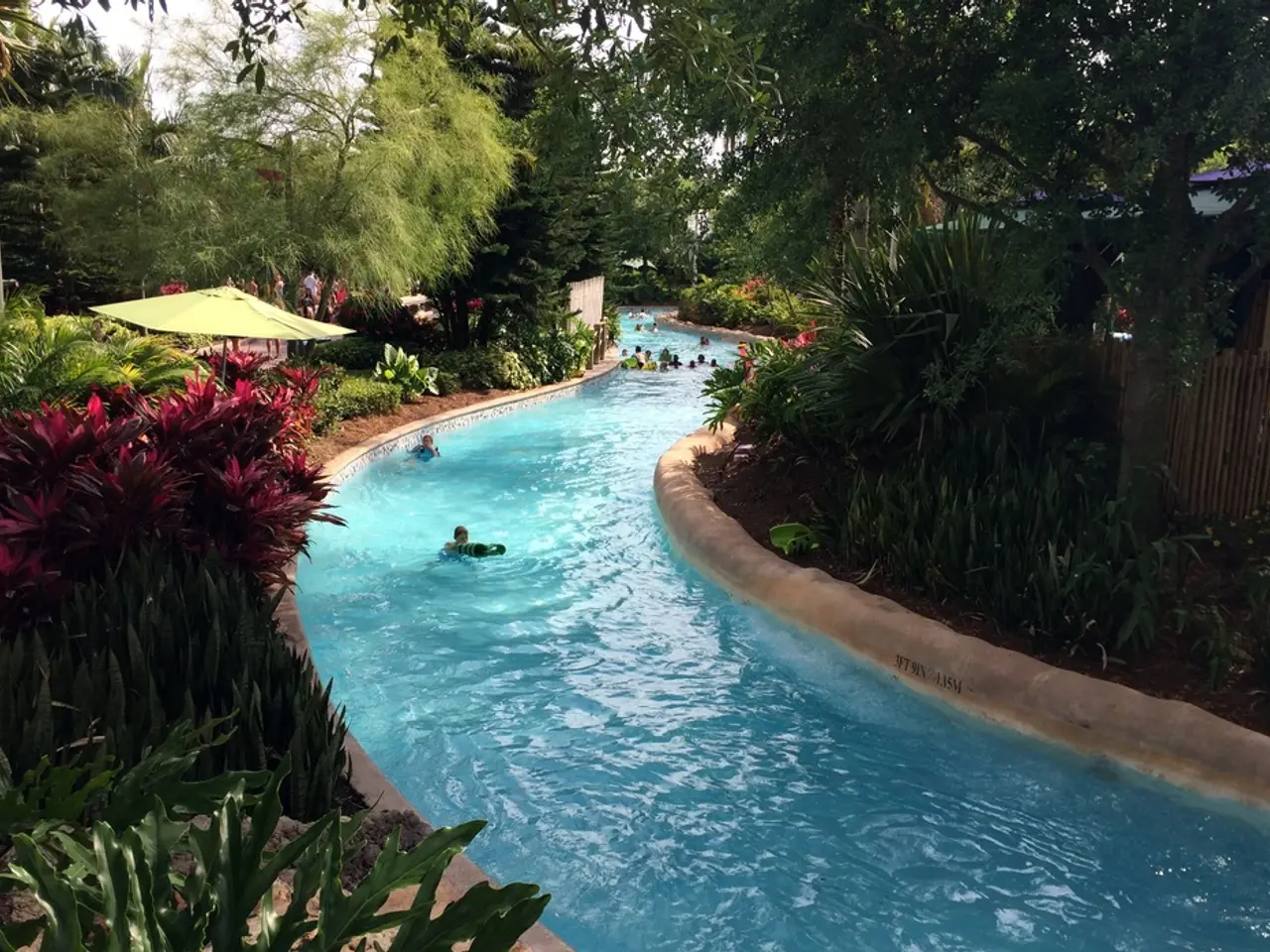Toronto public beaches now allow swimming for public enjoyment.
Toronto's public beaches reopened for swimming on August 9 at 5 p.m., with several beaches testing safe for swimming, including Kew-Balmy Beach, Ward's Island Beach, Centre Island Beach, Cherry Beach, Bluffer's Beach, Woodbine Beach, Gibraltar Point Beach, Marie Curtis Park Beach, and Sunnyside Beach. However, it's essential to remember that water quality can change rapidly, and swimmers should always check the latest beach water quality reports before planning a swim.
According to the Ontario Ministry of Health and Long-Term Care, the guideline for safe swimming at public beaches is a maximum of 200 E. coli counts per 100 millilitres of water. Water testing results that reach or exceed this threshold are considered unsafe for swimming. This threshold of 200 E. coli CFU (colony-forming units) per 100 mL is among the strictest in the world, reflecting Ontario’s high water safety standards.
Toronto Public Health conducts daily water sampling during the swimming season, which is relatively rare in Ontario and Canada. Advisories to avoid swimming are based on these results, which currently take around 24 hours to process. There are efforts underway to improve testing speed by adopting rapid molecular testing methods, which could provide same-day results and more timely beach safety advisories.
Water quality can vary substantially and can be affected by rainfall, sewage overflows, the presence of waterfowl, waves, and human activity. Although Toronto’s Blue Flag beaches generally maintain high water quality, it is recommended that swimmers check daily advisories as conditions can change quickly.
It's also important to be cautious of swimming in waters with unpleasant smells, visible algae blooms, or discolored water. High levels of E. coli may indicate the presence of other harmful organisms causing skin rashes, eye, ear, nose, and throat infections. Consuming E. coli can cause serious illness, including stomach cramps, diarrhea, and vomiting.
If you suspect blue-green algae at a beach, contact Toronto Public Health for further guidance. Blue-green algae can cause skin irritation, allergic reactions, respiratory issues, and liver damage in humans if ingested or inhaled. Dogs are particularly susceptible to blue-green algae and can suffer from neurological problems, liver failure, and even death if they come into contact with it. Always avoid swimming or letting pets drink water from a beach if blue-green algae is present.
In summary, while several Toronto beaches tested safe for swimming on August 9, it's crucial to always check the latest beach water quality reports to ensure the water is safe. Be cautious of waters with unpleasant smells, visible algae blooms, or discolored water, and avoid swimming or letting pets drink water from a beach if blue-green algae is present.
- The reopening of Toronto's public beaches for swimming encourages outdoor-living and lifestyle changes, fostering a stronger connection between the community and home-and-garden activities, such as picnics and barbecues, along the waterfront.
- The frequent water testing conducted by Toronto Public Health demonstrates the community's commitment to prioritizing health and protecting their residents, emphasizing the importance of maintaining a safe environment for enjoyable outdoor-living.
- Awareness about water safety, including the potential risks posed by waterborne illnesses and toxic algae, should be a part of every home-and-garden enthusiast's lifestyle, especially those who enjoy outdoor-living at Toronto's public beaches and parks.




